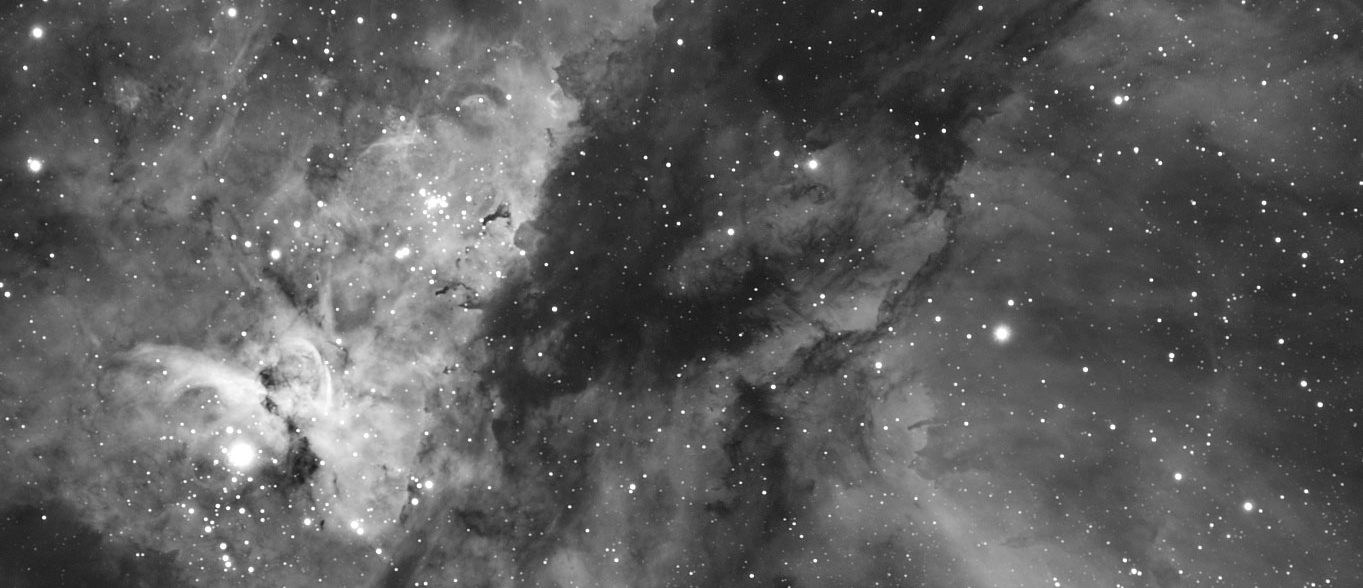The Perth Exoplanet Survey Telescope
Searching for New Worlds from a Backyard in the Suburbs
Our home galaxy contains a hundred billion stars. We now know that on average each star hosts at least one planet. More than 4000 of these exoplanets have now been discovered.

This website is the story of a little telescope in a suburban backyard that's played a small part in the search for exoplanets.
Why look for planets around distant stars? After all, we have little chance of ever seeing these planets directly, much less visiting.
Because as far as we know, life arises only on planets, warmed by the light of their suns. So the search for planets is also the search for life. Confirming that life exists in the vastness of space will change how we view ourselves and our place in the cosmos.
Aug 2025: A major upgrade of PEST is coming.
The all-new PEST2 will have a 14" Planewave telescope and a much more precise and stable mount. More later...
Sep 2021: TEDx talk on PEST
I gave a TEDx talk at the WA Museum, 'Boola Bardip'.
Jul 2021: A new camera (QHY183M) is now fully commissioned
Results of tests on the CMOS Slug, with a focus on high precision photometry are described in the pages below:
- Intro and identification of RTS pixels
- RTS pixel behaviour
- Dark frames
- Linearity
- Binning
- On-sky photometry
Sept 2019: The PEST photometry pipeline is now available
The set of programs that I wrote for processing photometry and producing lots of nice plots and reports is now available here, together with a tutorial.
Nov 2018: The 2018 Amateur Achievement Award, Astronomical Society of the Pacific

I've had the great honour of receiving the 2018 Amateur Achievement Award from the Astronomical Society of the Pacific. This award is now known as the Gordon Myers Award and is to “recognize significant contributions to astronomy or amateur astronomy by those not employed in the field of astronomy in a professional capacity.”
Past recipients have included David Levy and Robert Evans, comet and supernovae discoverers respectively, so it's wonderful recognition.
My wife and I traveled to San Francisco for the awards ceremony and had a great time seeing the sights of Northern California.
Thank you to the Society!
20th April 2017: Discovery of LHS 1140b

A paper announcing the discovery of LHS 1140b, a super-Earth in the habitable zone around a small nearby star, was published in the journal Nature. This planet is now one of the top candidates in the search for signs of an atmosphere, and for life outside our Solar System. I talk about PEST's role in this discovery here.
There was good Press coverage, including CBC News, and Scientific American.
Recent Posts
- TEDx talk on PEST January 10, 2022
- Welcome the CMOS Slug January 21, 2021
- Audacious Ant: Jan 2010 – Sept 2020 October 3, 2020
- PEST has got to 50… December 24, 2019
- The PEST pipeline is now available September 15, 2019
Subscribe to Blog via Email
By Thiam-Guan 'TG' Tan
Discovering new worlds from an observatory in my backyard.

PEST has co-discovered 120 exoplanets;
9 through microlensing and 111 through transits.PEST got to 120 planets in July 2025
Blog Topics
The Observatory
In comparison to most professional telescopes, the PEST is tiny. And it’s not located on a mountain top away from light pollution.
Photometry
Photometry is the measurement of light – the brightness of stars. Very high precision is needed because the transit of a planet across the face of its star will dim the light by only a tiny amount – usually 2% or less.
Discoveries
PEST’s main aim is to find planets. The easiest to find are hot Jupiters, but ultimately we are looking for other Earths.
Publications
Science papers where I am co-author …
About
In 2010, when PEST was built, only about 70 transiting exoplanets had been discovered. I was not sure a backyard telescope could detect, much less discover, exoplanets.



